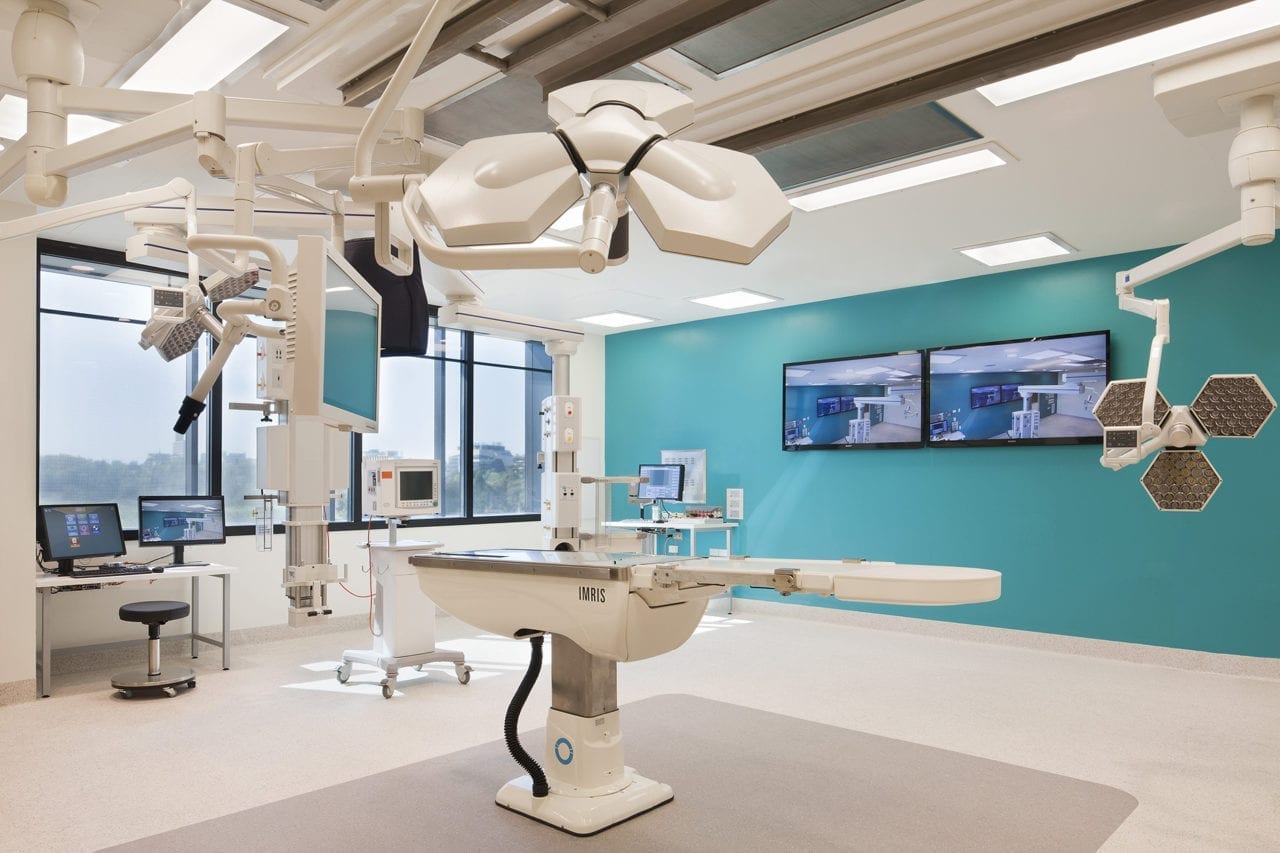
Frost & Sullivan predicts that by 2025, 10% of hospitals globally will have completed or be in various stages of implementing smart hospital initiatives.
The research firm projects significant market growth and billions of dollars in revenues for four key segments, including pharmacy automation, mobile asset tracking, data analytics, and cloud computing.
Frost forecasts the market opportunity to reach about $11 billion with the data analytics market for smart hospitals reaching revenues of $5.9 billion in 2018. The cloud computing market is expected to hit revenues of $5.1 billion.
There is currently ambiguity around the term “smart”. Transformational Health Industry Analyst Siddharth Shah says a true smart hospital acknowledges digitization as only the first step, and focuses on three major areas – operational efficiency, clinical excellence, and patient-centricity – with technological advances leveraged for these three areas to derive smart insights.
“Not every hospital needs to become smart in a single step. Instead, the approach they need to take is to implement smart solutions, one by one, and then allow newer solutions to integrate with existing ones in the journey toward becoming smart,” said Shah.
“This allows hospitals to implement solutions with limited financial investments, reap rewards and ROI, and then implement the next solution.”
As for companies, some of the most advanced solution sets are being developed by GE Healthcare for patient flow, including its “Command Center” solution for the Johns Hopkins Hospital. Also noteworthy is the ThoughtWire Ambiant platform, which has customized features, such as the Code Blue events reduction solution developed for Hamilton Health Sciences in Canada.
IBM is developing and now marketing the “SmartRoom” concept along with the University of Pittsburgh Medical Center. Omnicell has developed pharmacy automation solutions in use by thousands of hospitals and health systems around the world.
In terms of regional readiness for the adoption of the smart hospital concept, North America leads, followed by Europe and Asia Pacific regarding technological sophistication, regulatory landscape, spending power, and end-user readiness.
However, the hotspots for current smart hospitals are concentrated in the Asia Pacific region, including Dubai, South Korea, Singapore and Australia, some of which cater to the medical tourism industry as well. Canada and Finland are also hotspots.
“The two largest challenges obstructing hospitals from achieving the smart hospital vision are interoperability and cybersecurity. To truly achieve a ‘smart’ status by deriving intelligent insights, various devices, systems and networks in the hospital must ‘talk’ to one another in ways that are coherent and complete for a holistic analysis,” observed Shah.
“Digitization brings in additional vulnerabilities in a hospital for hackers to target, making cybersecurity a challenge.”